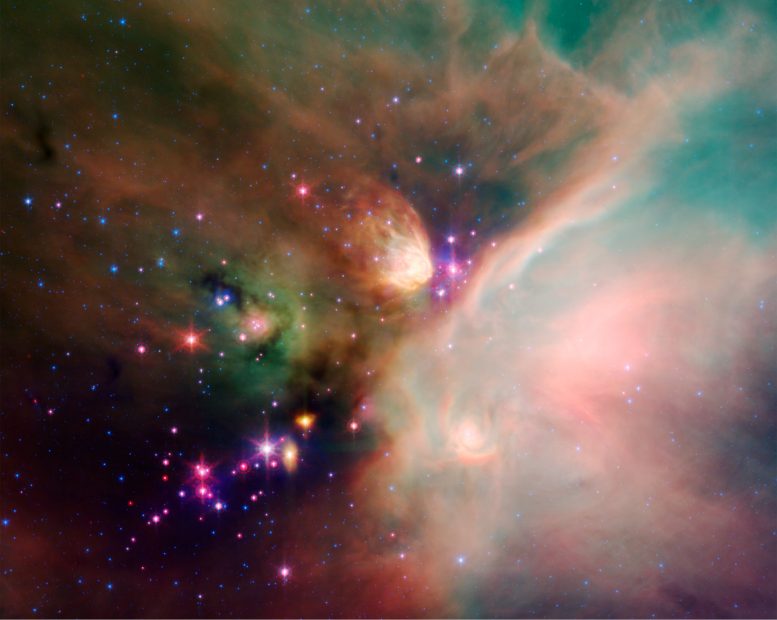
Newborn stars in the Rho Ophiuchi star-forming region as seen in the infrared by the Spitzer Space Telescope. The youngest stars, the reddest ones in the image, are surrounded by disks of dust and gas from which planetary systems are possibly forming. New observations of the light variability from these young stars confirm that probably all of them have clumpy dust disks. Credit: NASA/Spitzer
Using the Spitzer Space Telescope to monitor the variability of light from 882 previously identified young stellar objects, astronomers confirm that probably all YSOs are variable at infrared wavelengths to some degree, and moreover that the younger, more deeply embedded stars often have longer and larger intensity variations, consistent with the current disk evolution picture.
Stars are born in dense, cool clouds of molecular gas and dust. When the local density is high enough, the matter can gravitationally collapse to form a new star, a so-called young stellar object (YSO). In its early phases, a thick envelope dominates the infrared emission from the YSO, hiding what is going on within, but eventually, the envelope flattens out into a warm circumstellar accretion disk. The disk emits more infrared than does the young star, and that excess radiation can be used to distinguish young stars from more mature stars whose disks and envelopes have disappeared. In recent years it has become possible to investigate these envelopes and disks in more detail, and astronomers have been building on these studies to address how planetary systems develop.
It turns out that an accretion disk does not extend all the way in to the central star. Instead, a gap is produced between the star and disk because the dust grains closer in are destroyed by the starlight or blown away by stellar winds. Disks can contain clumps or irregular structures which orbit around with the disk. When a YSO happens to be aligned such that we observe its light through its disk, these structures make it appear to twinkle, or more precisely, to vary in intensity. Clusters at a distance of approximately one astronomical unit (the average distance from the Earth to the Sun) cause flickering over the course of years as they rotate. Meanwhile, those in the disk ten times closer result in variations over timescales of days.
Harvard-Smithsonian Center for Astrophysics (CfA) astronomers Hans Gunther, Katja Poppenhaeger, Scott Wolk, and Joe Hora and their colleagues used the infrared camera, IRAC, on the Spitzer Space Telescope to monitor the variability of light from 882 previously identified YSOs in a nearby region of star formation, Lynds 1688, over a period of 1.6 years. They report finding that seventy of them vary; ten have roughly periodic variations although none of these variations has the regularity or characteristics to suggest exoplanet transits. Combined with other information about these YSOs, the new results confirm that probably all YSOs are variable at infrared wavelengths to some degree, and moreover that the younger, more deeply embedded stars often have longer and larger intensity variations, consistent with the current disk evolution picture.
Reference: “YSOVAR: Mid-Infrared Variability in the Star-Forming Region Lynds 1688” by H. M. Günther, A. M. Cody, K. R. Covey, L. A. Hillenbrand, P. Plavchan, K. Poppenhaeger, L. M. Rebull, J. R. Stauffer, S. J. Wolk, L. Allen, A. Bayo, R. A. Gutermuth, J. L. Hora, H. Y. A. Meng, M. Morales-Calderón, J. R. Parks and Inseok Song, 7 November 2014, The Astronomical Journal.
DOI: 10.1088/0004-6256/148/6/122

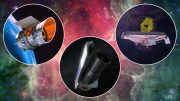
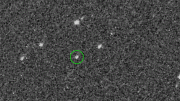

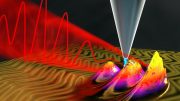


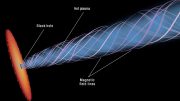
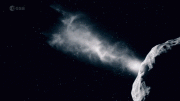
Be the first to comment on "New Observations Confirm Variability of Young Stellar Objects"